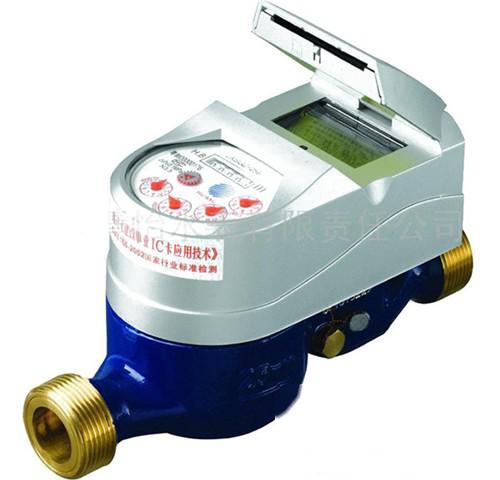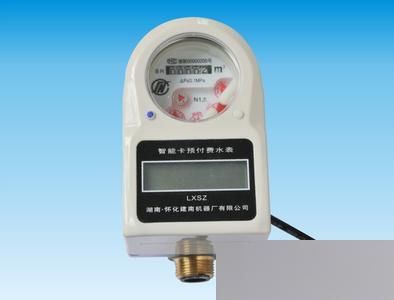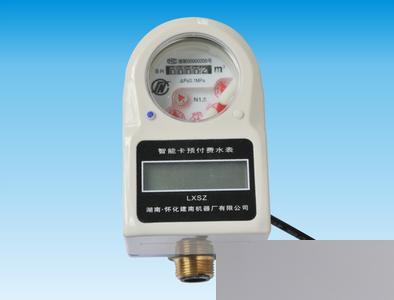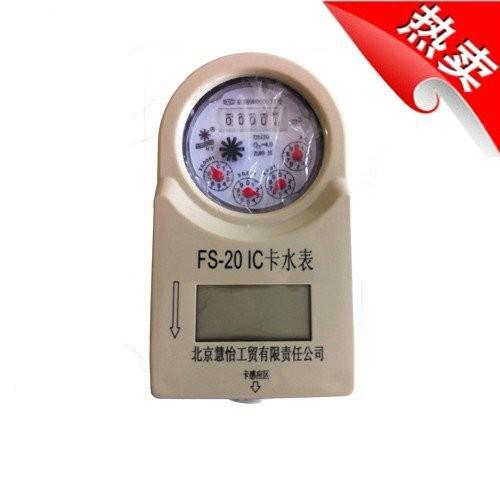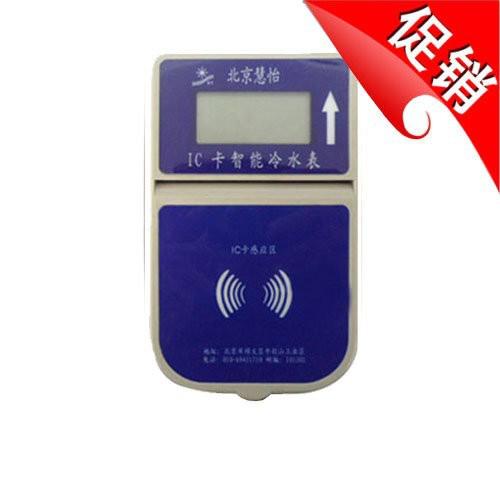The main technical parameters of the water meter are:
(1) Water temperature: This parameter specifies the maximum temperature for the water meter's use. Users should select the appropriate model specifications to meet their needs; otherwise, it may result in inaccurate measurement of the total water flow.
(2) Working pressure: This specifies the maximum pressure of the water body being measured by the water meter. If the water pressure exceeds this limit, it may cause damage or leakage of the water meter.
(3) Flow coefficient: This includes nominal diameter, maximum flow, nominal flow, transition flow, minimum flow, and starting flow. Users can choose the nominal diameter and nominal flow based on practical needs. The starting flow reflects the sensitivity of the water meter.
(4) Indication error.
(5) Dimensions and weight: The dimensions of the water meter include various parameters that need to be understood during installation, such as length, width, height, connection threads, etc. Additionally, dimensions and weight are related to packaging and transportation.
4. Inspection methods
The inspection of smart water meters is conducted according to the technical conditions of each manufacturing enterprise and GB/T778. Inspection items include: appearance inspection (including dimensions, etc.), water pressure test, indication error, flow measurement, and accelerated wear test. The minimum number of tested water meters is 3, and if necessary, the number can be increased to a maximum of 10.
5. Markings
There should be a raised arrow indicating the direction of water flow and the nominal diameter of the water meter on the casing. The trademark should be marked on the dial. The measurement grade and manufacturing number should be indicated under the cover.
6. Packaging, storage, and transportation
Each smart water meter should have separate packaging to prevent collision during transportation and handling, and the water meter should be placed horizontally. As an instrument, the outer packaging should have clear markings such as "This Side Up" and "Handle with Care." Water meters should be stored in a dry environment with temperatures between 5-40°C and free of corrosive media in the air.
What is the purpose of the lead seal on the water meter? How to manage the water meter and lead seal?
Answer: The lead seal on the water meter is a mark to ensure that the water meter has passed inspection and that water measurement is accurate. Maintaining the integrity of the lead seal is the responsibility and obligation of the water user. Any arbitrary damage or loss of the lead seal will be subject to penalties under the relevant provisions of the "Measurement Law." Therefore, users should manage the water meter well, ensuring that the area around the water meter is clean, safe, and conducive to reading water meter data and maintenance. Additionally, proper maintenance of the water meter well (box) is necessary to avoid damage, freezing, and to prevent children from damaging the lead seal. For users whose water meter is improperly located, we hope they will cooperate with the water supply company to relocate it for correction in the near future. If the lead seal is accidentally damaged by a child, it should be promptly reported to the water supply company's verification station for water meter verification to avoid misunderstandings.
Q: What causes the water meter to reverse?
A: First, check if there is a leak in the pipeline. After confirming that there is no leak, unstable water pressure in the pipeline can also cause fluctuations in the water meter, which is normal and generally does not affect normal measurement. If the fluctuations are too large, a check valve can be added. If problems persist, please consult your water meter verification authorized station.


